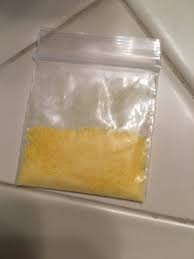Do humans produce DMT?
DMT is the short form of N, N-Dimethyltryptamine, a white crystalline naturally occurring powder found in plants such as Psychotria viridis and Banisteriopsis caapi. It is a hallucinogenic tryptamine popularly known as ” the spirit molecule” as a result of the intense psychedelic experience its administration elicits. The consumption of DMT has several health consequences for consumers especially individuals with pre-existing mental or psychological problems such as schizophrenia. DMT also significantly affects the serotonin system in the brain among many other DMT drug effects.
Is DMT bad for you?
Any drug capable of undermining your health and wellbeing is bad for you. DMT like many other drugs not only affect the way your organs work, DMT trip and DMT experience significantly affects your mental health state by its effect on the serotonin system in the brain.
DMT Addiction, Tolerance, and Potential Risks
Psychedelics are not generally addictive but this does not mean that there are no cases of psychedelic drug addiction. According to the National Institute on Drug Abuse, when people do become addicted, they generally don’t suffer from any major physical side effects as majority of the addictive effects of psychedelic drugs are psychological in scope. Psychedelic drug addiction may occur as a result of a user’s decision to take use drugs over and over and over again. Usually, the only significant sign of addiction is the cravings for the drug that come when the user is no longer high but depression and anxiety are also common in those who are addicted to psychedelic drugs. Like other psychedelics, addiction to DMT is possible as anything that triggers your reward center can potentially lead to addiction. See : Pineal Gland DMT
How Long Does DMT Stay In Your System
There is currently no data on whether DMT shows up in blood tests, although it metabolizes out of the body so quickly that this test is unlikely to be more effective than a urine test. DMT is also naturally present in our brain as a neurotransmitter produced by the pineal gland.
-Urine tests can show the presence of DMT for 24 hours
-Hair tests can show the presence of any drug including DMT for 90 days


 Dimethyltryptamine, commonly called DMT, is a hallucinogenic drug derived from plants native to the Amazon. The compound can be distilled into a drink called ayahuasca or a powder that users may inject, inhale, or smoke. Even low doses of this substance cause psychotropic effects. For thousands of years, DMT has been used to create
Dimethyltryptamine, commonly called DMT, is a hallucinogenic drug derived from plants native to the Amazon. The compound can be distilled into a drink called ayahuasca or a powder that users may inject, inhale, or smoke. Even low doses of this substance cause psychotropic effects. For thousands of years, DMT has been used to create 


